Table of contents:
https://hackaday.io/project/10651/logs
Similar hacks-and-tricks projects:
@RoGeorge's #The Devil is in the Details
@RoGeorge's #Hack the Hack A Day Editor
@RoGeorge's #New a free Lab Organizer
@johnowhitaker's #How to build some things from (almost) nothing
 DeepSOIC
DeepSOIC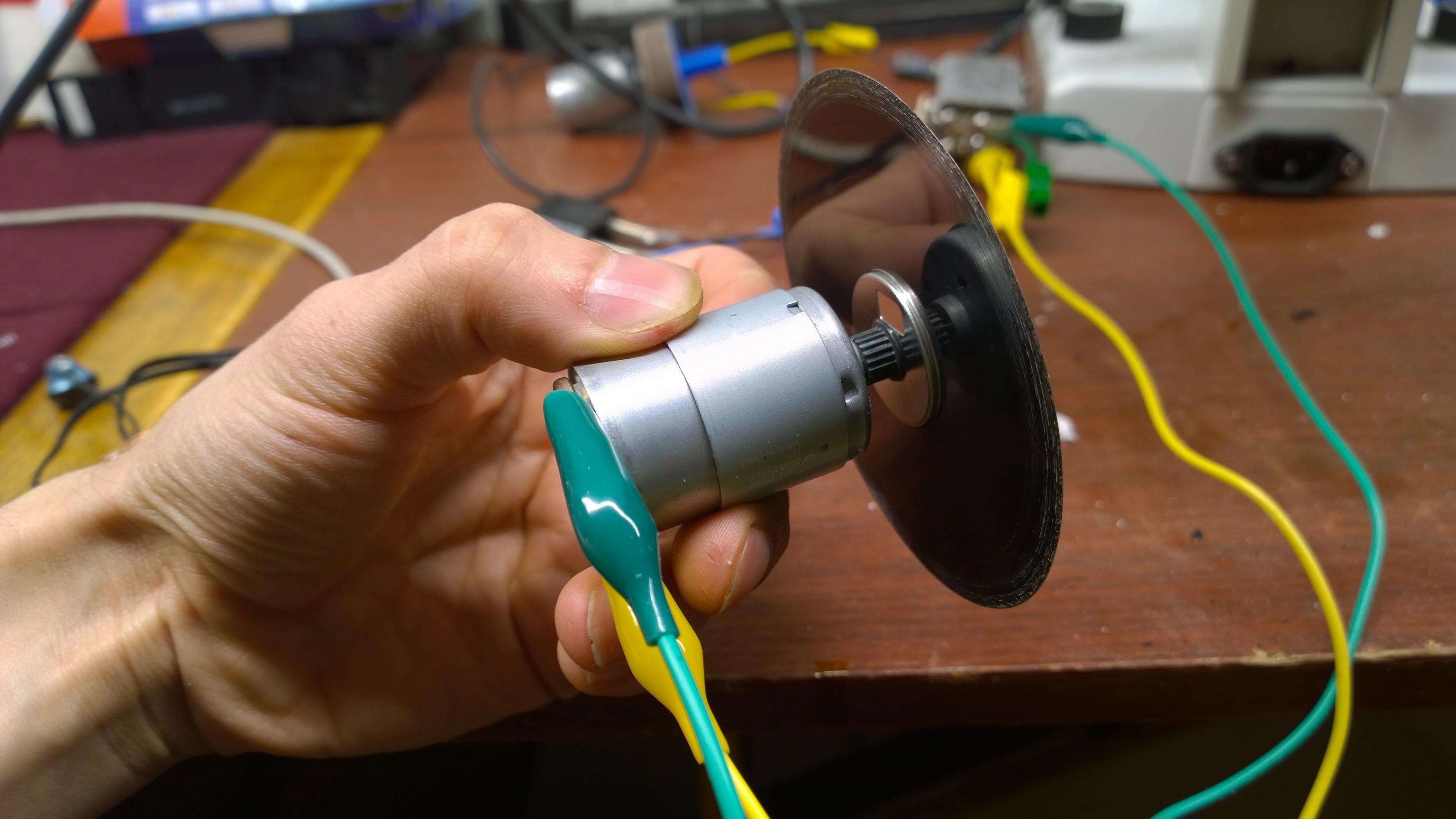
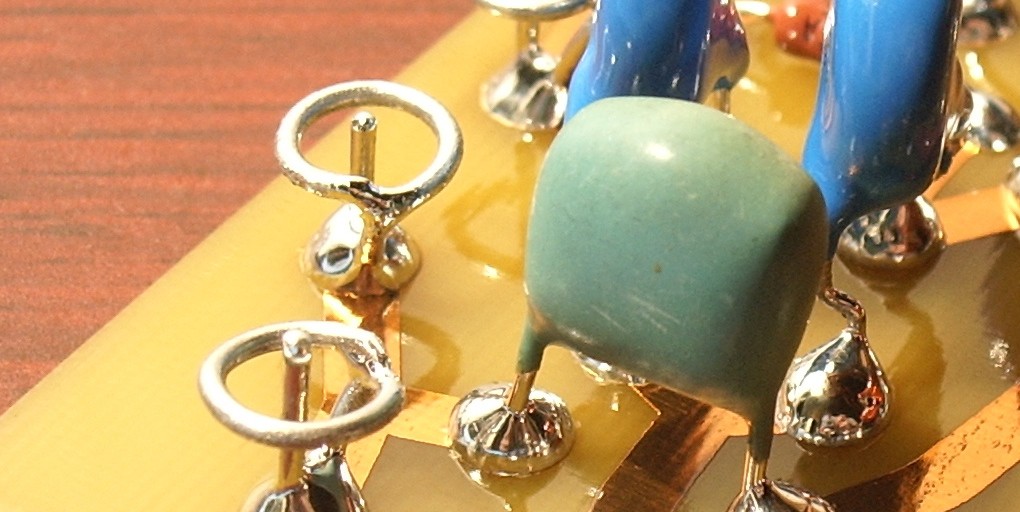
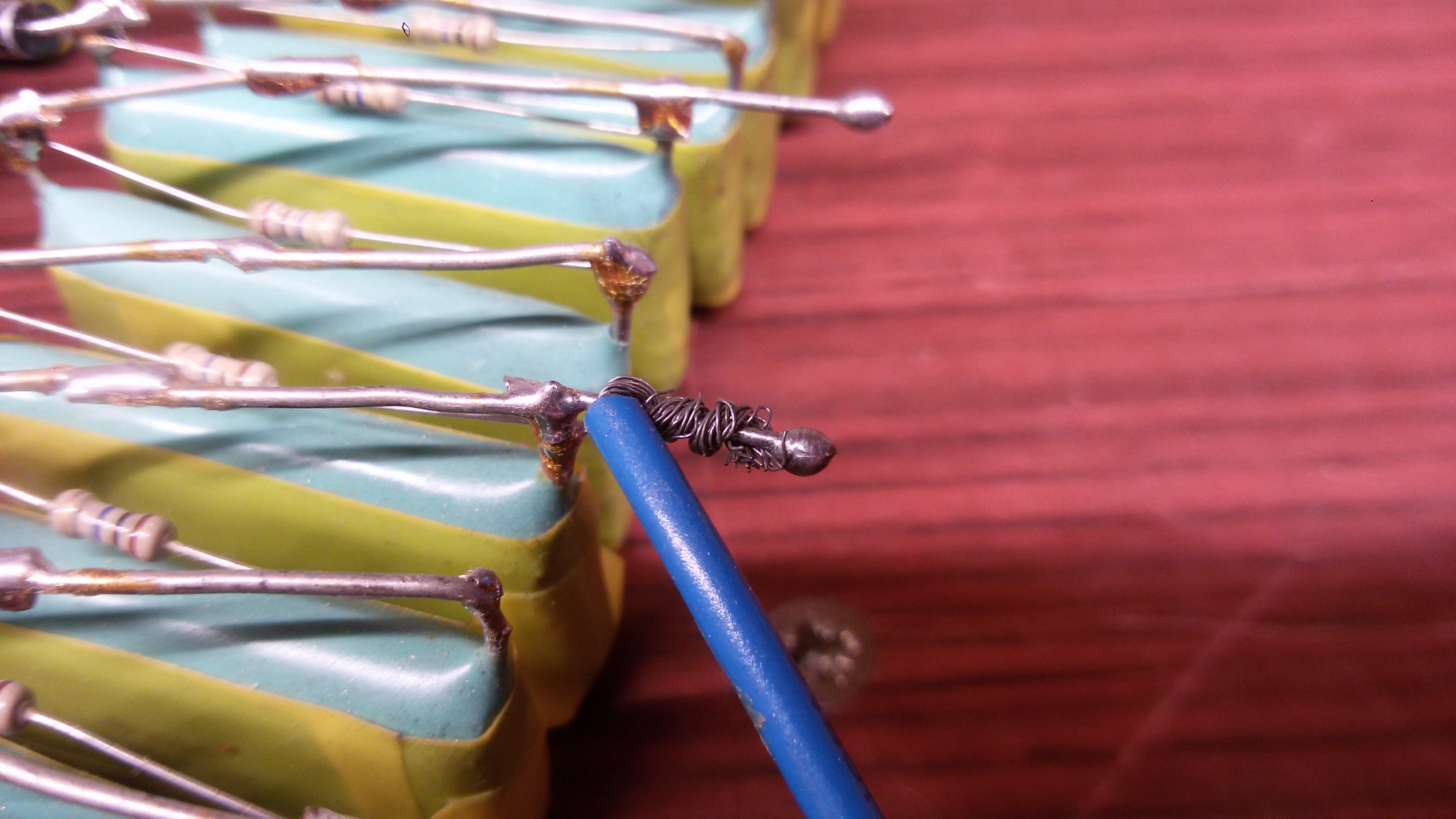
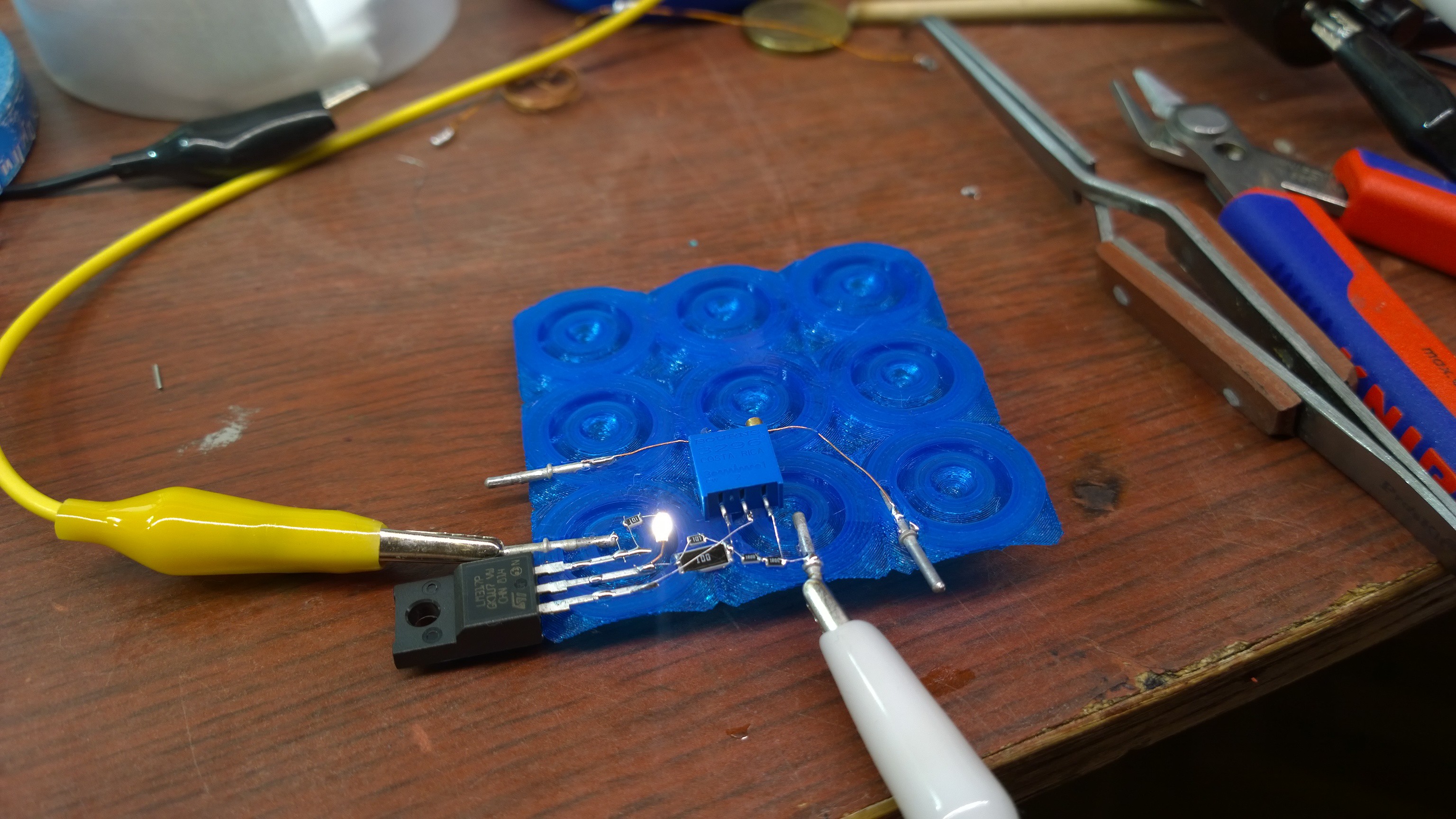 This is a current regulating circuit based on LM317, with fine current adjustment. LED lights up if dropout is above 2.5 V, which is enough for LM317 to regulate properly.
This is a current regulating circuit based on LM317, with fine current adjustment. LED lights up if dropout is above 2.5 V, which is enough for LM317 to regulate properly. 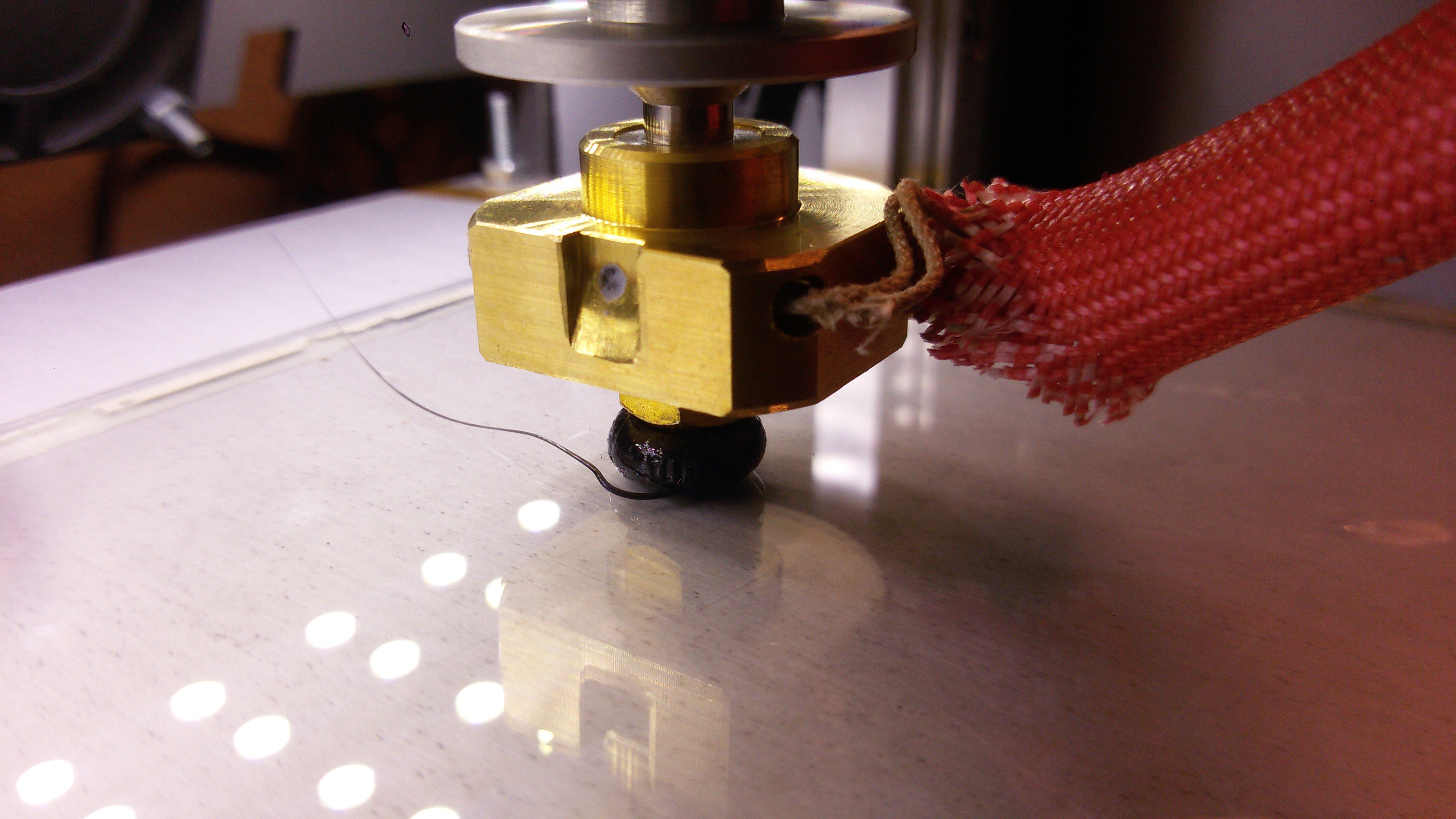 And then, when nozzle is cool, I rip the blob off using pliers, and a plenty of force.
And then, when nozzle is cool, I rip the blob off using pliers, and a plenty of force.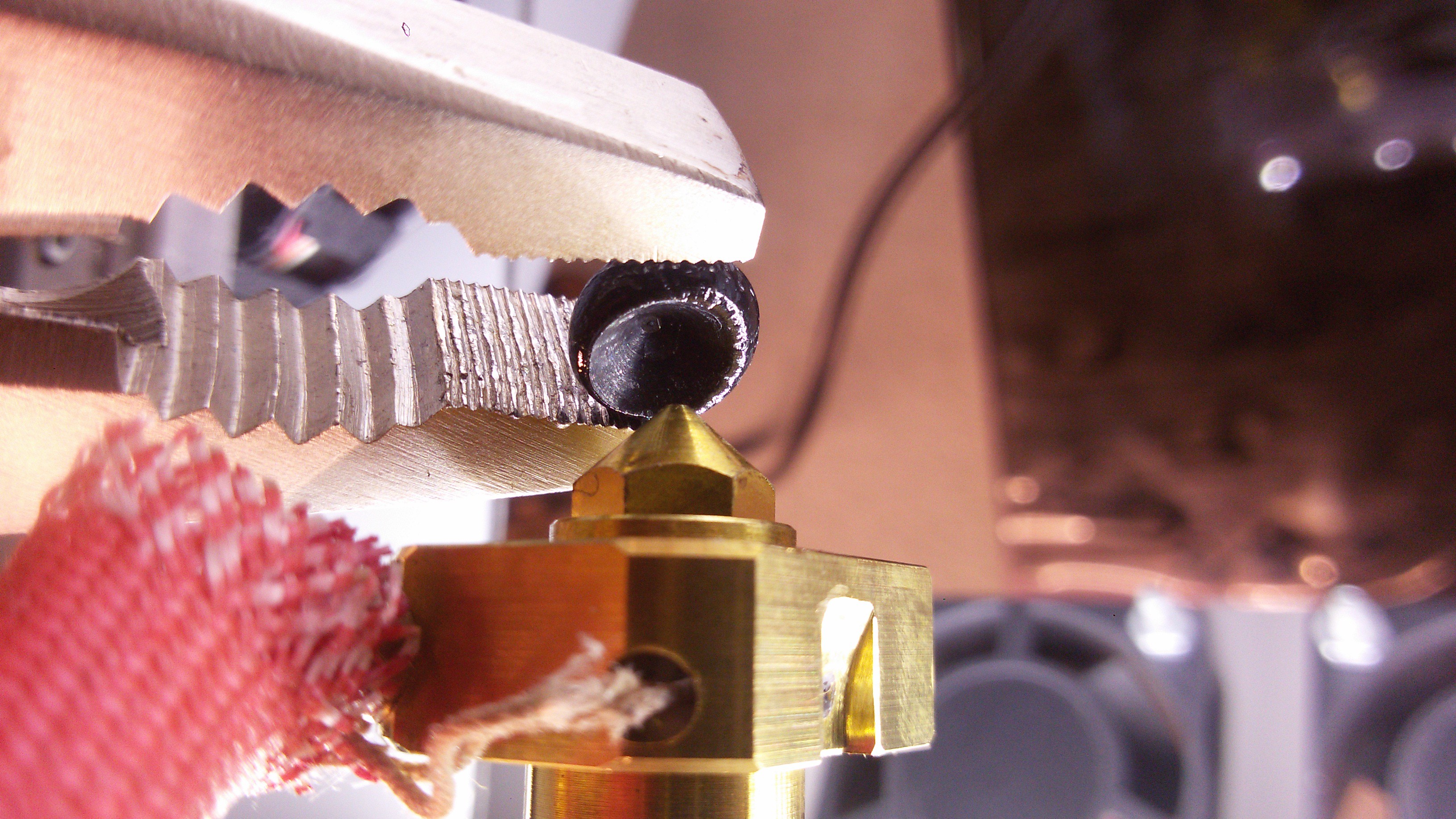
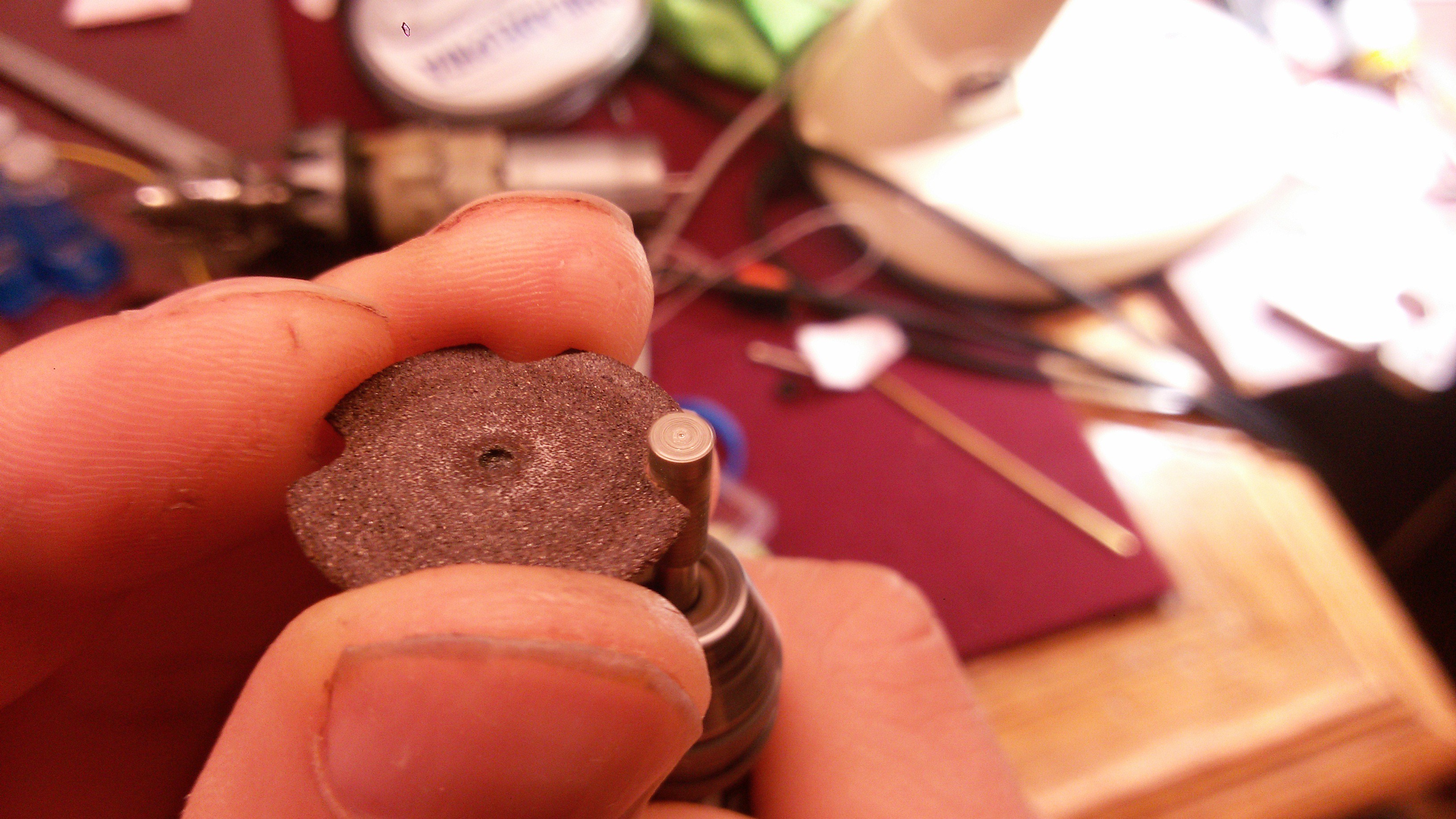





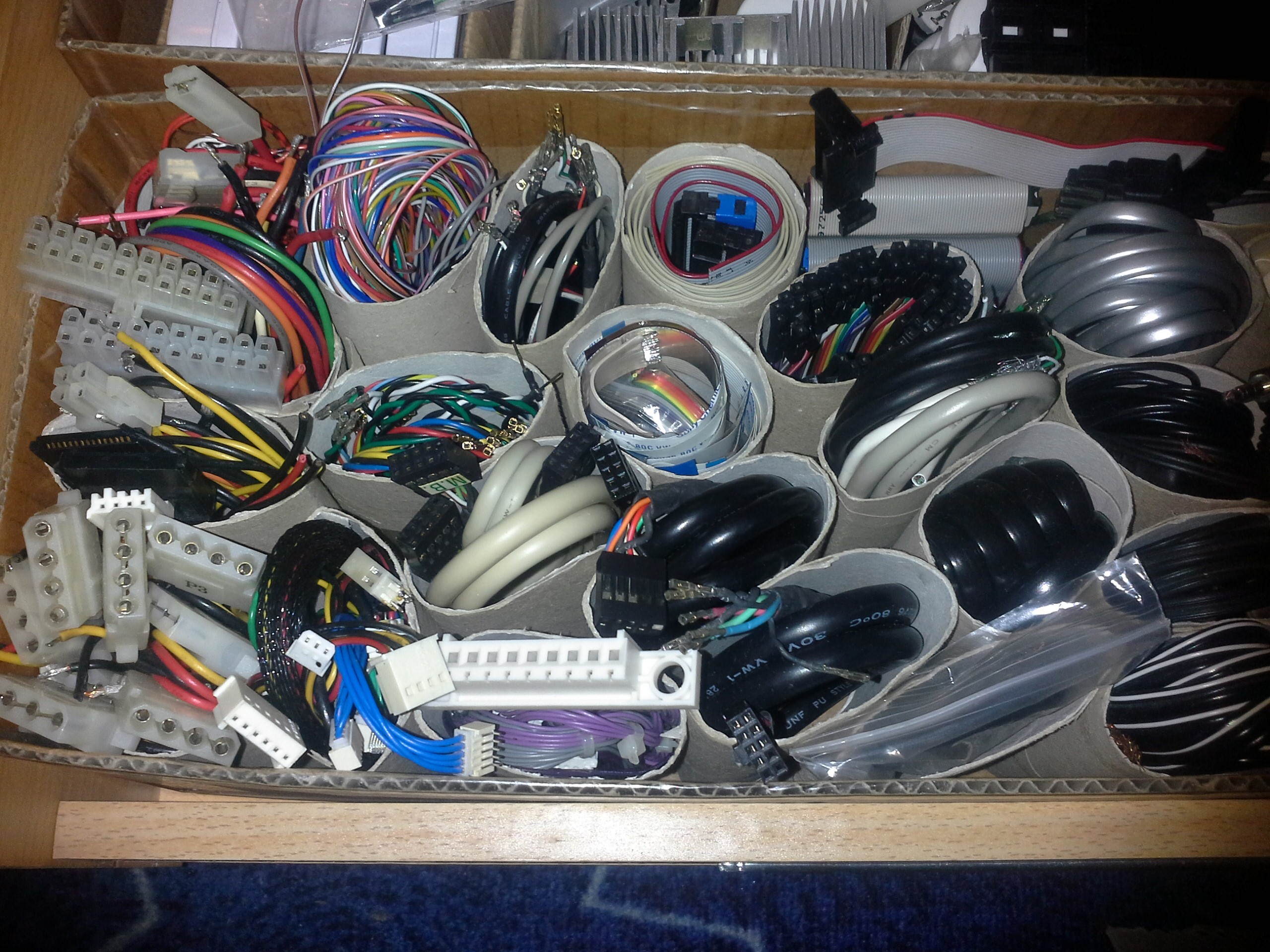

Hi!
I have my own project for tool hacks - https://hackaday.io/project/9894-tool-hacks =) Someday I'll also add my numerous SwissArmyKnife usage tricks to that - such as "SAK as soldering iron stand", "SAK as PCB holder" and alike.